Vietnam is a country rich in UNESCO World Heritage Sites in Vietnam—home to eight remarkable destinations recognized by UNESCO, stretching from North to South. These sites offer not only global cultural and natural significance but also major tourism appeal. In this guide, we’ll take you through each of these wonders—highlighting their history, features, and why you should plan your trip today.
Overview of UNESCO World Heritage Sites in Vietnam
As of now, Vietnam has 8 UNESCO World Heritage Sites, categorized as:
- 5 Cultural Heritage Sites
- 2 Natural Heritage Sites
- 1 Mixed (Cultural + Natural) Site
List of the 8 Sites:
- Ha Long Bay (Natural)
- Phong Nha – Ke Bang (Natural)
- Complex of Hue Monuments (Cultural)
- Ancient Town of Hoi An (Cultural)
- My Son Sanctuary (Cultural)
- Central Sector of the Imperial Citadel of Thang Long – Hanoi (Cultural)
- Citadel of the Ho Dynasty (Cultural)
- Trang An Landscape Complex (Mixed)
Natural Heritage Sites
Ha Long Bay
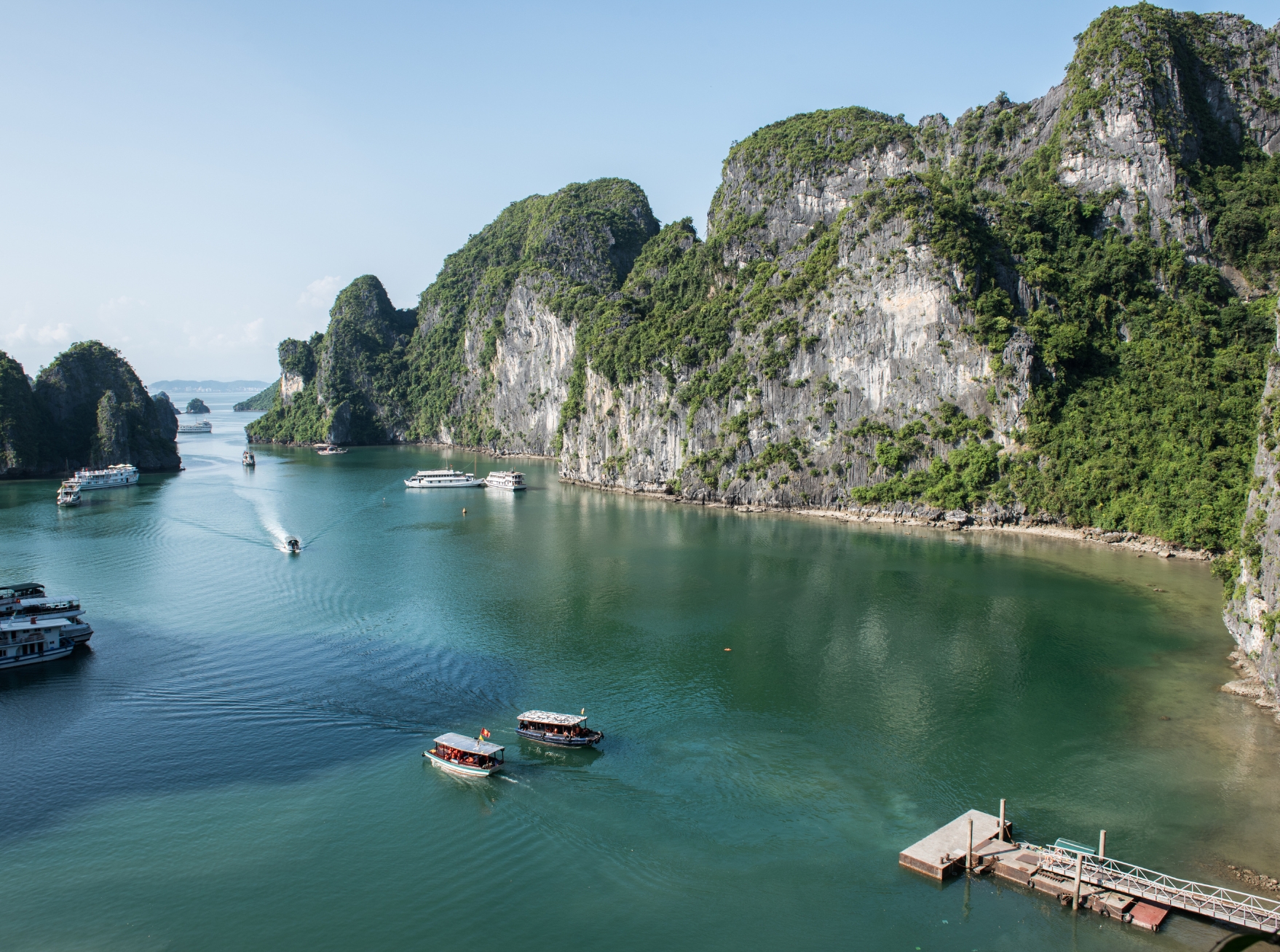
- Recognized in: 1994, extended in 2000 & 2023
- Features: Over 1,969 limestone islands with a core zone of 334 km²
- Why Visit:
- Mythical scenery of “descending dragon”
- Boat cruises, cave explorations, kayaking
- Recently extended to include Cat Ba Bay – connecting two provinces
Phong Nha – Ke Bang
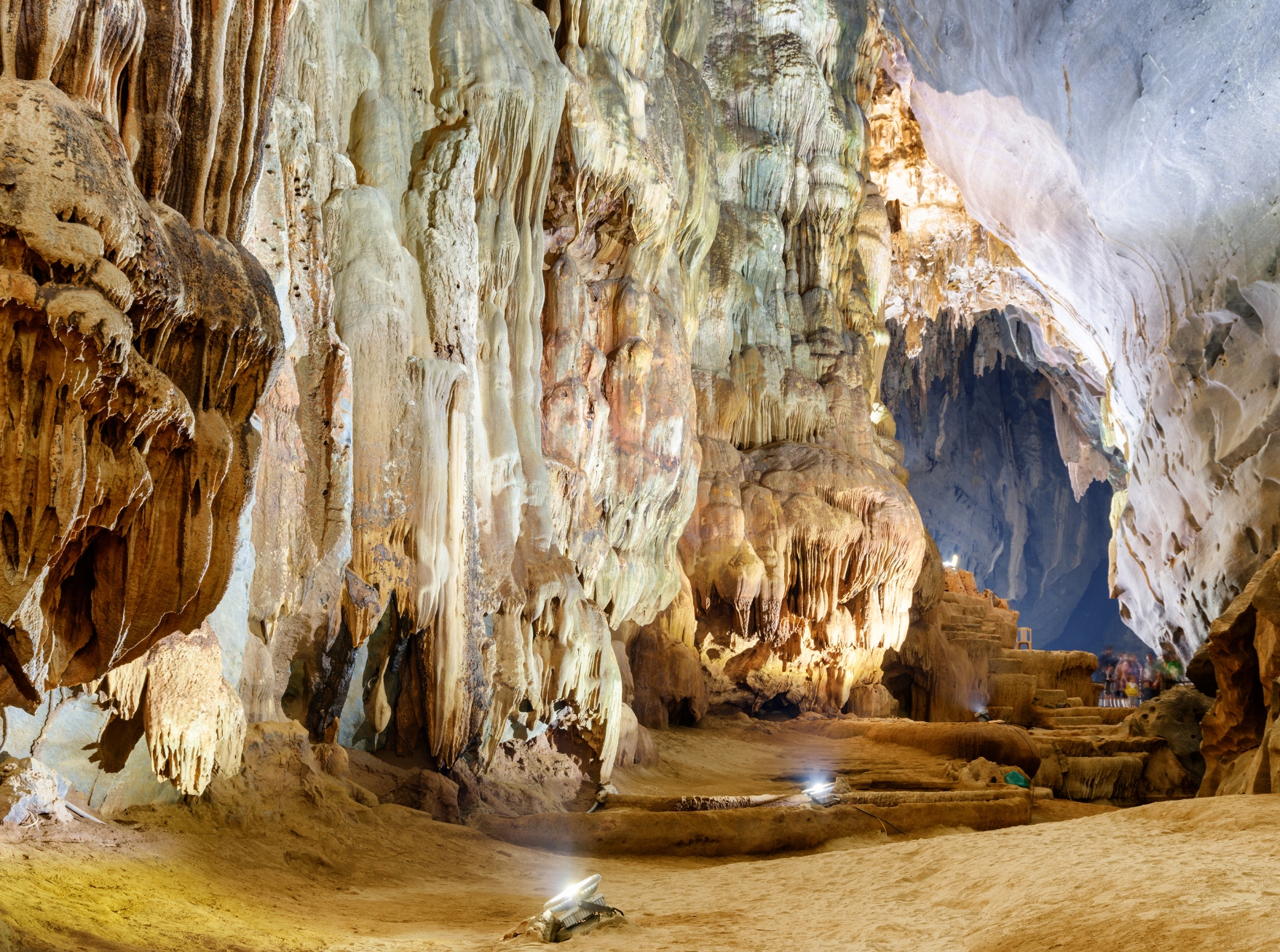
- Recognized in: 2003, expanded in 2015
- Features: One of the largest karst systems in Asia, 300+ caves, underground rivers, and Son Doong – the world’s largest cave
- Highlights:
- Discover Son Doong and Paradise Cave
- Diverse rainforest ecosystem
- Historic Cham artifacts embedded in nature
Cultural Heritage Sites
Complex of Hue Monuments
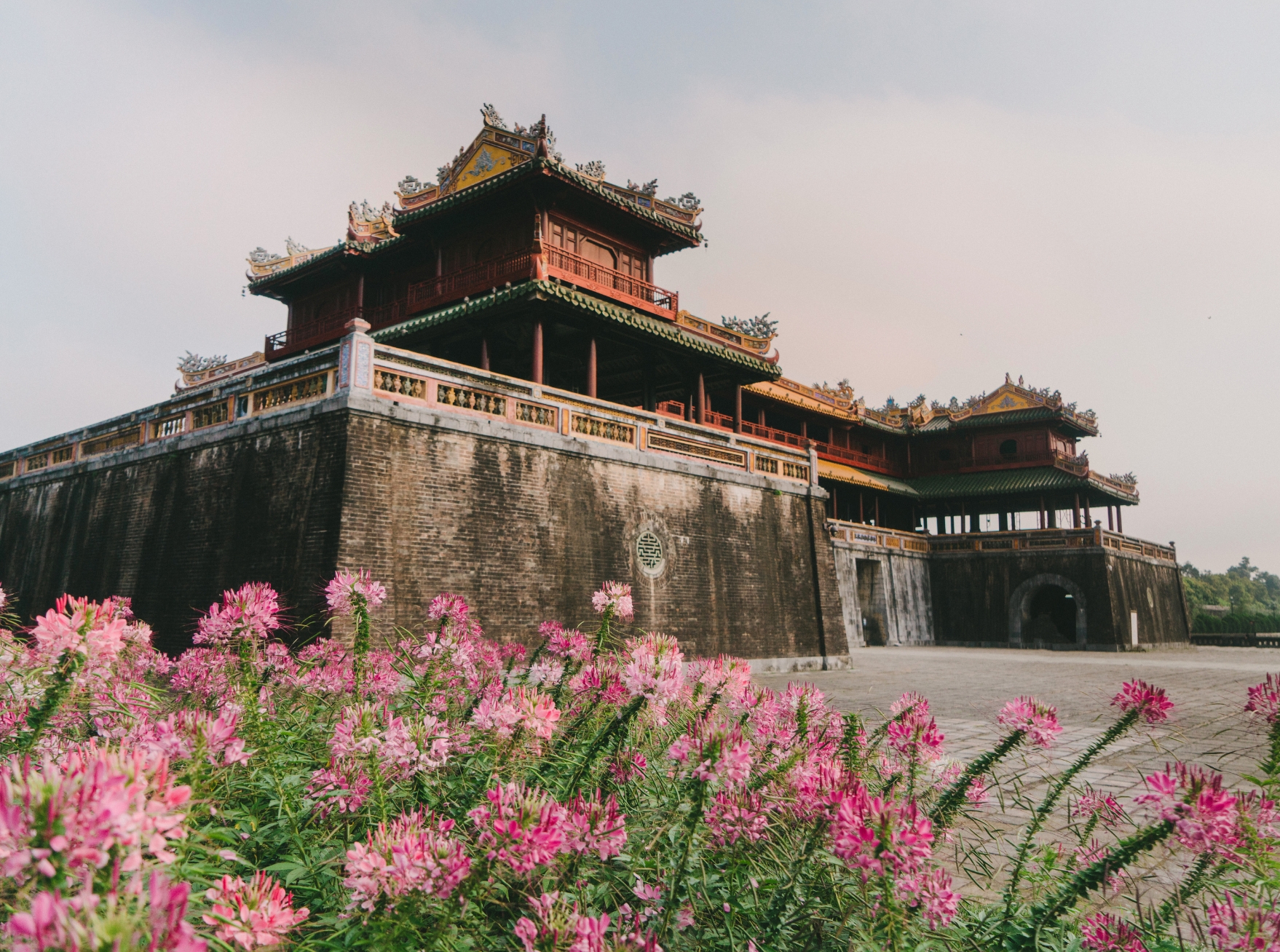
- Recognized in: 1993
- Features: Includes Imperial Citadel, Forbidden City, Nguyen Dynasty tombs
- Highlights:
- Royal architecture based on geomancy and Confucian design
- A masterpiece of the Nguyen Dynasty
- Recognized under UNESCO criterion “iv”
Ancient Town of Hoi An
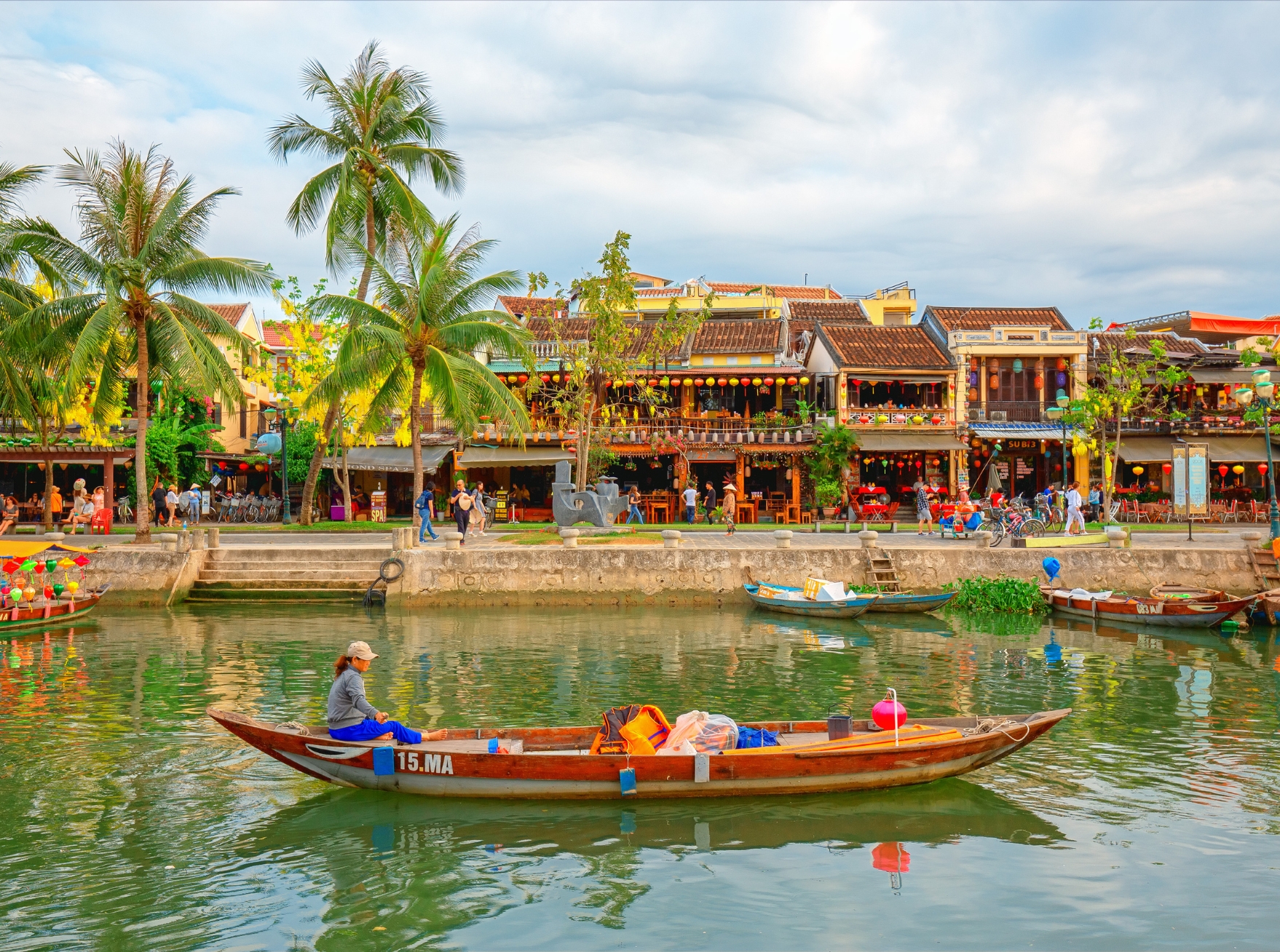
- Recognized in: 1999
- Features: Historic trading port from the 15th to 19th centuries
- Why It’s Unique:
- Fusion architecture: Vietnamese, Japanese, Chinese, European
- Famous landmarks: Japanese Covered Bridge, traditional houses
- Lantern festivals create magical night scenery
My Son Sanctuary
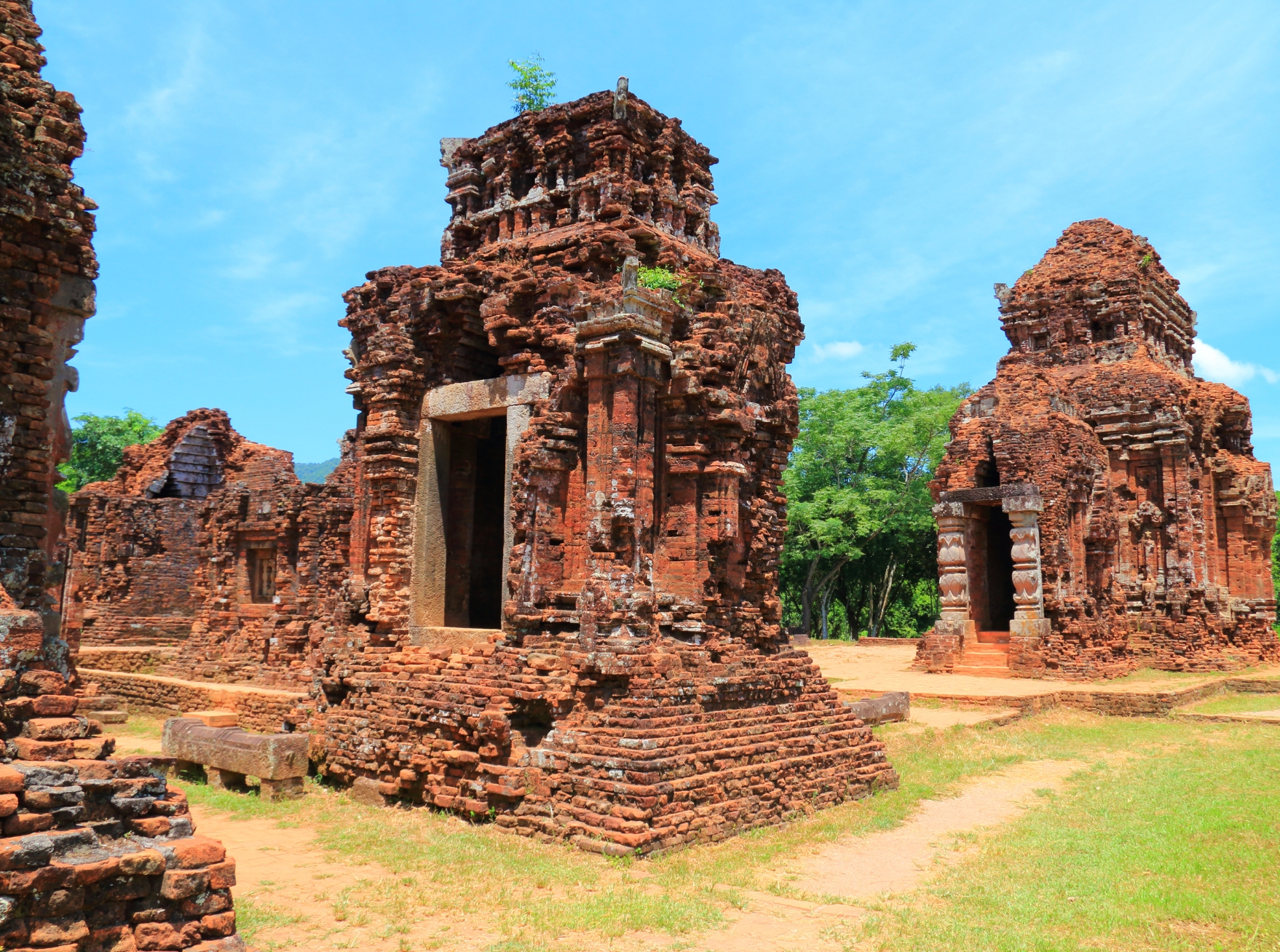
- Recognized in: 1999
- Features: Group of Hindu Cham temples from the 4th to 13th century
- Why Visit:
- Sacred archaeological site of the Champa Kingdom
- Rich in religious symbolism and ancient construction
- Best visited during dry season (March–May)
Imperial Citadel of Thang Long – Hanoi
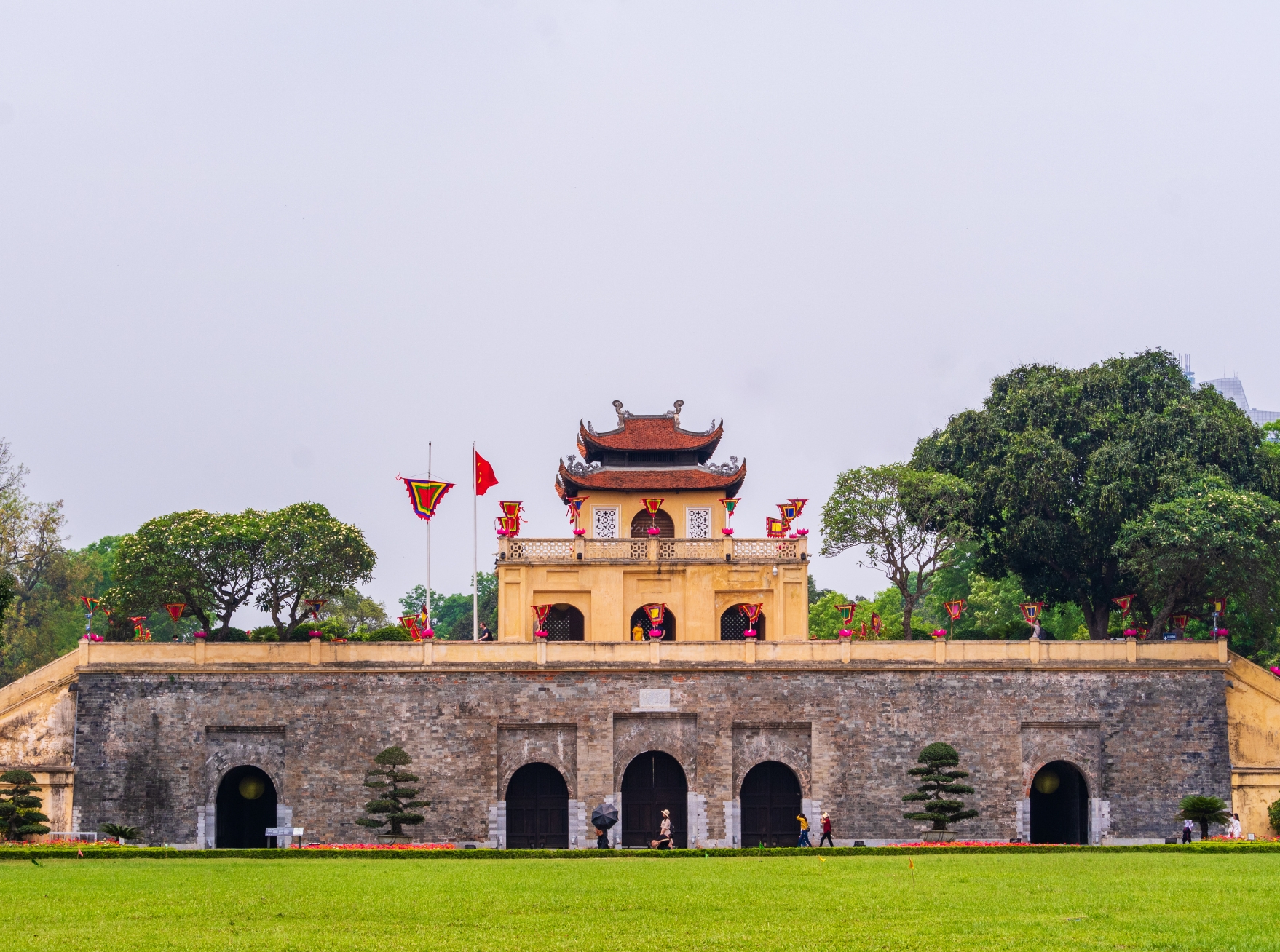
- Recognized in: 2010 (celebrating 1000 years of Thang Long – Hanoi)
- Features: Historic political and cultural center for over 13 centuries
- Highlights: Doan Mon Gate, Kinh Thien Palace, Hanoi Flag Tower
Citadel of the Ho Dynasty
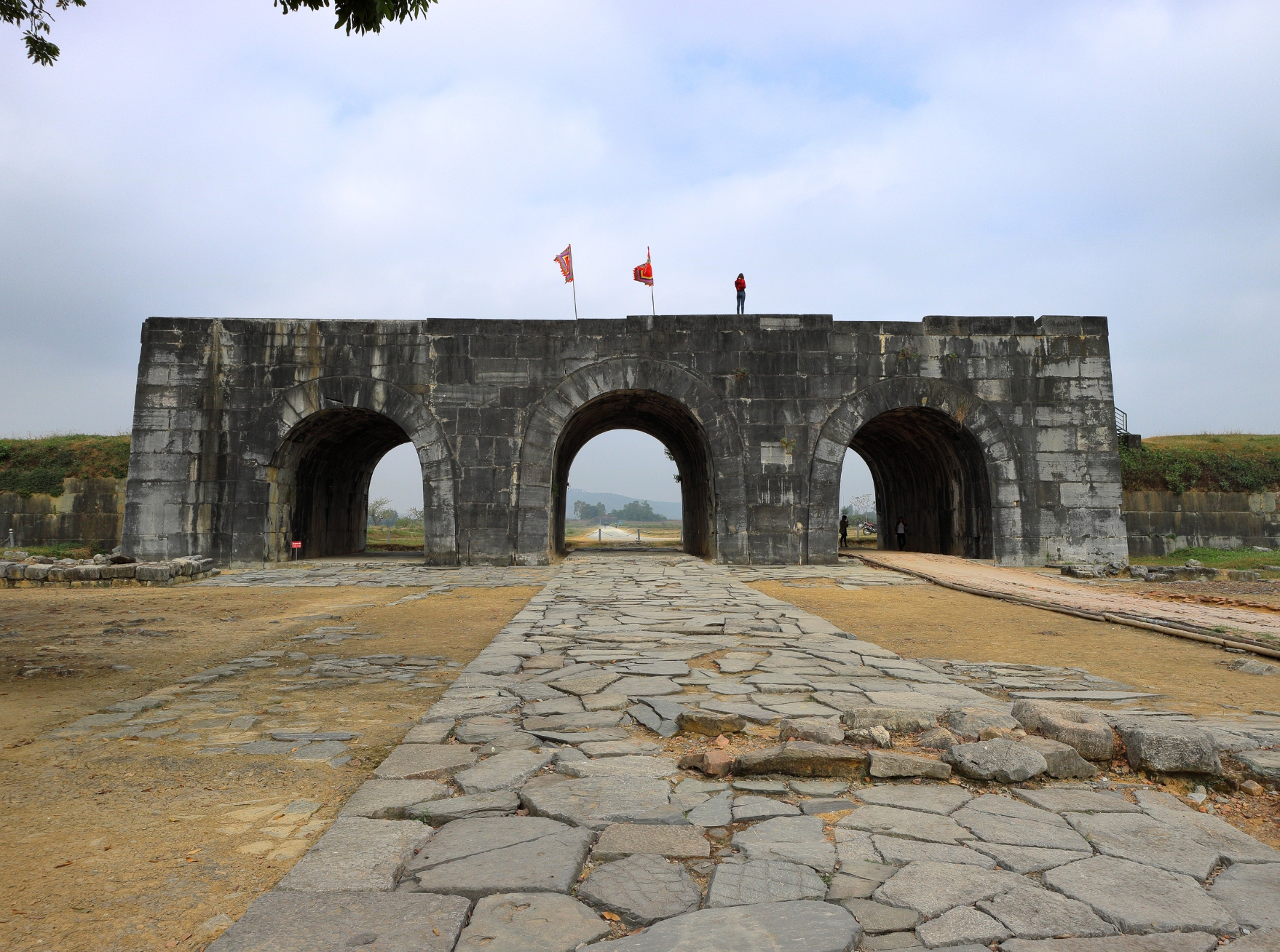
- Recognized in: 2011
- Features:
- Built entirely from stone in the 14th century
- Influenced by ancient Chinese geomantic planning
- Located in Thanh Hoa, it’s a lesser-known yet powerful site
Mixed Heritage Site
Trang An Landscape Complex
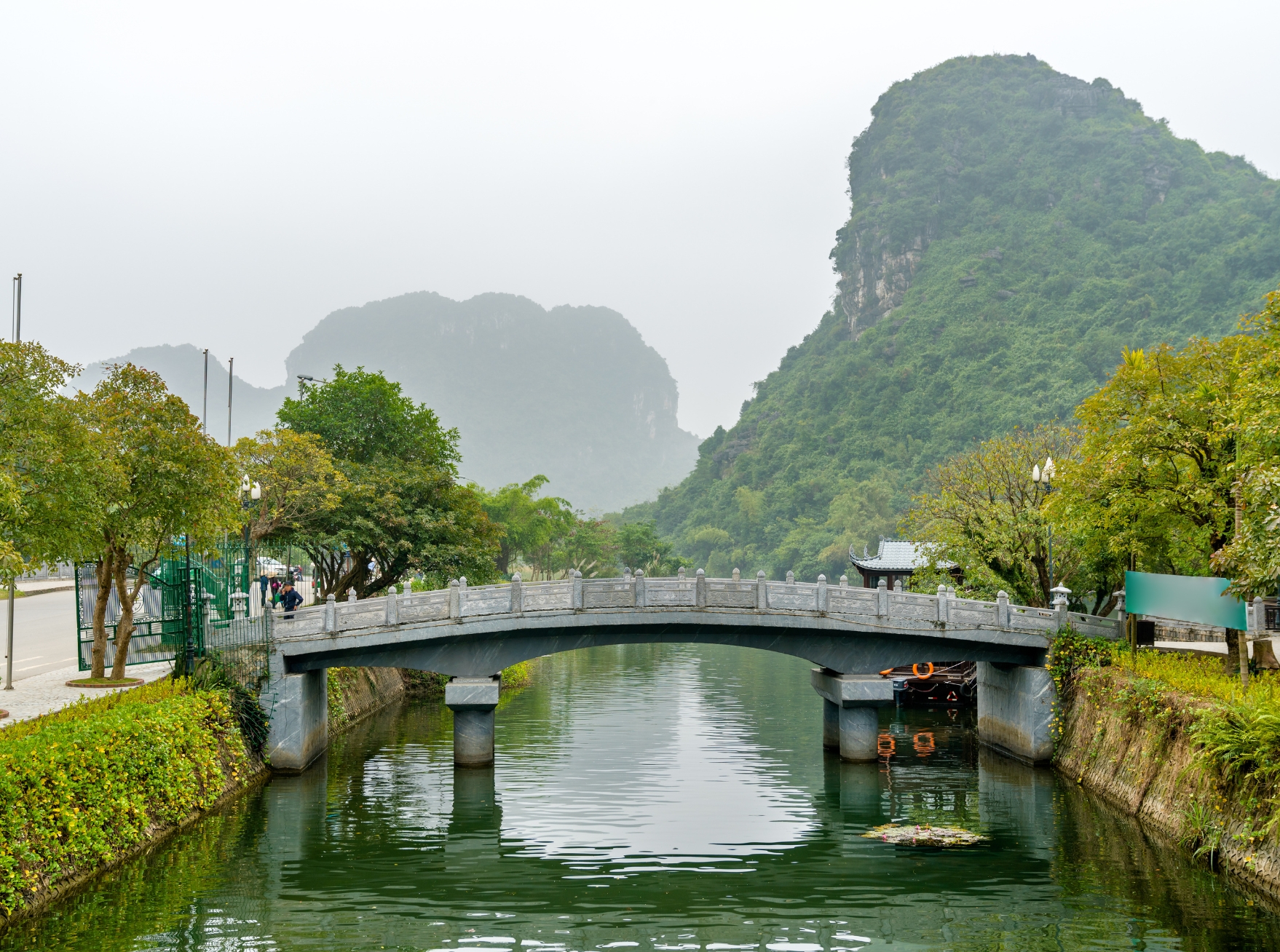
- Recognized in: 2014 (mixed heritage), extended in 2016
- Features: Blend of cultural relics (Hoa Lu) and natural limestone scenery in the Red River Delta
- Why Visit:
- Boat trips through caves, limestone mountains, sacred temples
- Filming site for Kong: Skull Island
- Nearby ancient capital Hoa Lu for historical context
Value of UNESCO World Heritage Sites in Vietnam
Cultural & Historical Importance
- Preserves royal architecture, Champa art, and traditional lifestyles
- Offers deep insight into Vietnam’s past civilizations
Scientific & Environmental Value
- Rich biodiversity and geological uniqueness
- Ha Long and Phong Nha are globally valuable for natural sciences
Sustainable Tourism Development
- Attracts millions of international visitors annually (Trang An received 6M+ in 2019)
- Supports local communities and conservation initiatives
Suggested Travel Routes for Visiting UNESCO Sites
- North–Central Route: Hai Phong → Ha Long → Ninh Binh → Hanoi → Thanh Hoa (Ho Citadel) → Quang Binh (Phong Nha)
- Central Route: Quang Nam (Hoi An → My Son) → Hue
- Travel Tips:
- Ideal time: dry season (March–May)
- Book in advance during peak times
- Respect cultural norms at temples and historical sites
FAQs – Frequently Asked Questions
How many UNESCO sites are in Vietnam?
Vietnam currently has 8 recognized UNESCO World Heritage Sites.
Is Trang An a mixed heritage site?
Yes, Trang An is the only mixed site in Vietnam, recognized for both its cultural and natural significance.
What is the newest UNESCO site in Vietnam?
Trang An is the most recent (2014), while the Ho Dynasty Citadel is the latest cultural site (2011).
Preservation Efforts and Challenges of UNESCO Sites in Vietnam
Conservation Initiatives
Vietnam has made considerable efforts to preserve its UNESCO World Heritage Sites, with support from international organizations and local communities. Authorities have established management boards for each site, implemented zoning plans, and invested in sustainable tourism.
Notable actions include:
- Restoration of ancient structures in Hue and My Son
- Visitor flow regulation in Ha Long Bay to avoid overcrowding
- Ecological preservation programs in Phong Nha – Ke Bang and Trang An
- Use of digital mapping and monitoring technologies
In particular, Trang An is widely praised for combining tourism with heritage protection, serving as a model for other destinations in Southeast Asia.
Ongoing Challenges
Despite these efforts, several challenges persist:
- Over-tourism: Sites like Ha Long Bay and Hoi An suffer from heavy visitor traffic, especially during holidays.
- Environmental degradation: Pollution from boats and human activities threatens marine life and cave systems.
- Urban development pressure: In Hanoi and Hue, modern infrastructure can clash with ancient architecture.
- Lack of awareness: Some tourists may unknowingly damage cultural assets due to limited information or poor signage.
Recommendations for Responsible Travel
To help protect UNESCO World Heritage Sites in Vietnam, travelers can adopt sustainable behaviors such as:
- Avoid littering and use eco-friendly travel options
- Follow tour guide instructions and preserve historical integrity
- Choose licensed, community-based tour operators
- Educate yourself on the site’s history before visiting
Future UNESCO World Heritage Candidates in Vietnam
Vietnam continues to nominate new sites for future UNESCO consideration. Some prominent candidates include:
Con Moong Cave (Thanh Hoa)
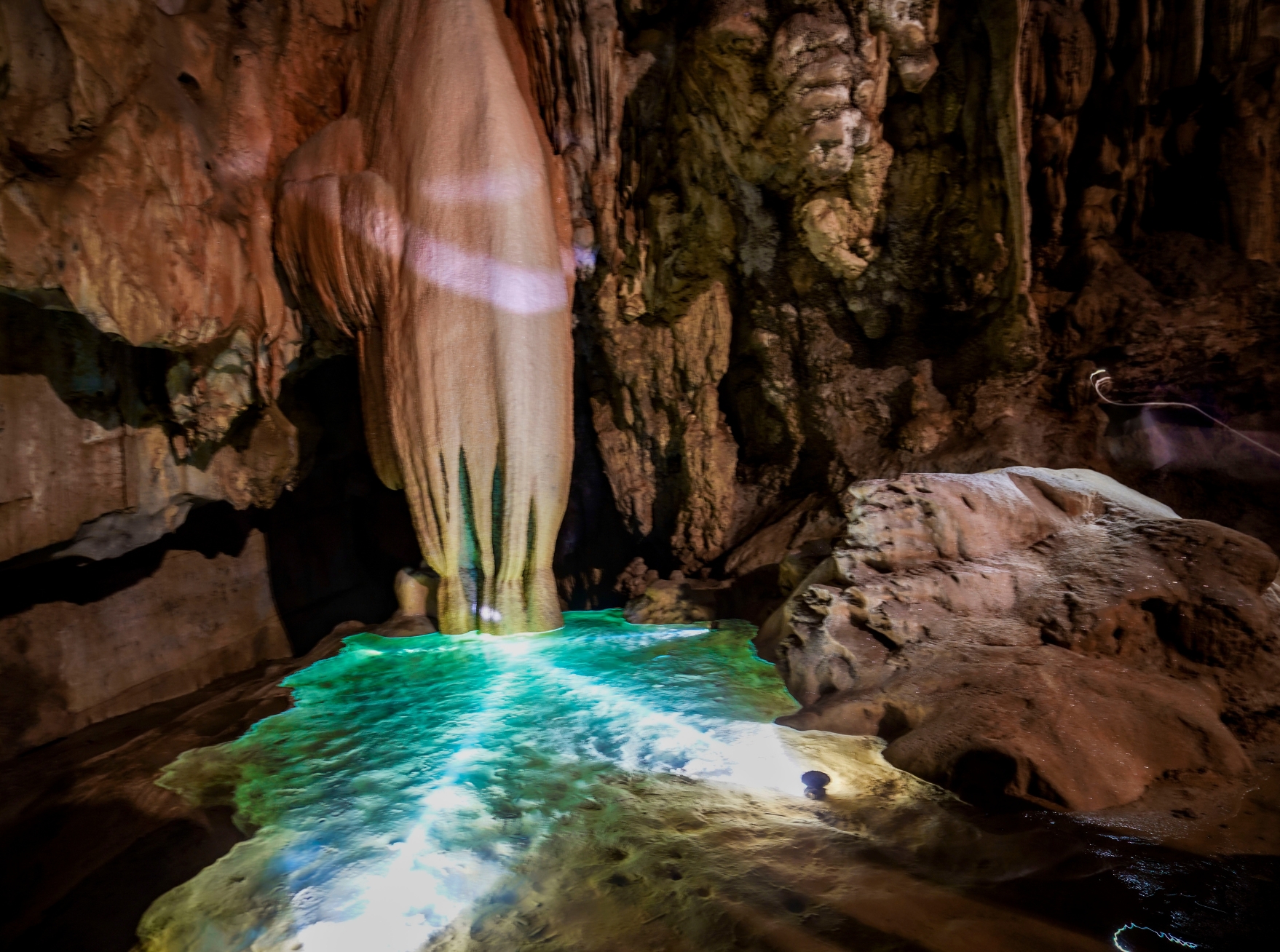
- Prehistoric archaeological site with continuous human activity
- Could complement the Ho Dynasty Citadel nearby
Yen Tu – Vinh Nghiem – Con Son Kiep Bac (Spiritual Route)
- Important center for Vietnamese Buddhism, with rich architectural and cultural value
- Supports spiritual tourism development in Northern Vietnam
Ba Be – Na Hang Nature Reserve
- Potential new natural heritage site, known for biodiversity and indigenous Tay and Dao cultures
- Connects with national parks and community-based ecotourism projects
These upcoming nominations reflect Vietnam’s commitment to expanding its global cultural footprint while encouraging responsible tourism.
Pro Tips for Exploring UNESCO World Heritage Sites in Vietnam
To maximize your experience, keep these tips in mind:
- Best Time to Visit:
- North & Central regions: March–May and September–November (cooler, dry weather)
- Avoid rainy season (especially for outdoor sites like My Son and Trang An)
- Essential Items:
- Comfortable walking shoes
- Lightweight, breathable clothing
- Camera, but follow rules on flash photography
- Local currency (some sites don’t accept card)
- Tech Tools:
- Google Maps with offline access
- Translation apps for local signage
- E-tickets or QR-based entry (common in modern sites like Thang Long)
By preparing well, you’ll not only enjoy your trip more but also contribute positively to preserving these UNESCO World Heritage Sites in Vietnam for future generations.
Conclusion & Call to Action
The UNESCO World Heritage Sites in Vietnam are living testaments to the country’s rich heritage and natural beauty. From Ha Long’s mythical waters to Hue’s royal legacy, and the spiritual temples of My Son to the vast cave systems in Phong Nha – each site offers a unique story and unforgettable experience.
Take Action Now:
- Plan your route covering all 8 sites – prioritize based on season and interest
- Book your tours and tickets early to avoid missing out
- Follow our blog for travel tips, updates, and promotions
If you need help planning an itinerary, finding budget tours, or booking accommodations near these heritage sites – leave a comment below or reach out! It’s time to explore the best UNESCO World Heritage Sites in Vietnam! Embark on a journey of unforgettable memories—contact Indochina Today Travel now to explore the hidden gems of Southeast Asia with expertly curated tours, local insights, and exceptional personalized service tailored just for you.
Add: Suite E2-0916, Ecohome Phuc Loi Building, Phuc Loi St., Long Bien Dist., Hanoi, Vietnam
Hotline / WhatsApp: +84.988.176.761
Email: sales@indochinatodaytravel.com
Phone: +84.24.6685.5566
Website: indochinatodaytravel.com | dgbtravel.com | vietnamgolflux.com

